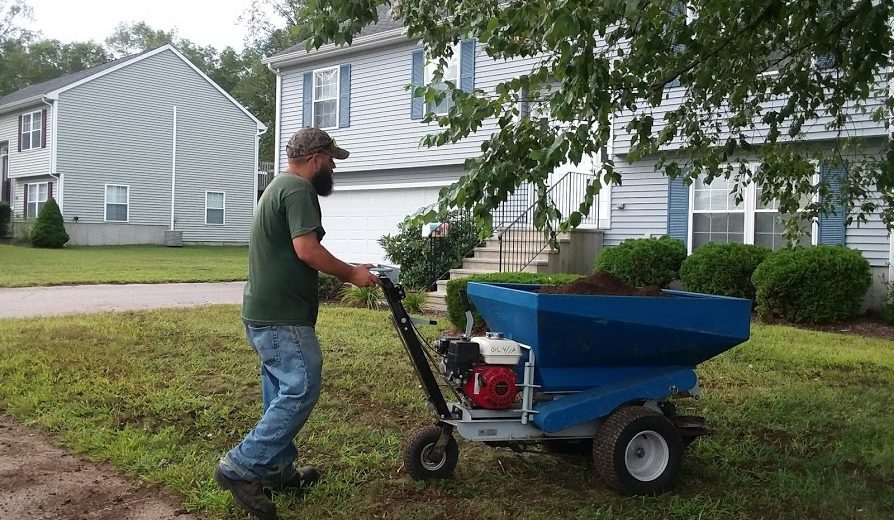
Recovering from the storm
Wow. What just happened? Last thing I remember being concerned about the dry lawns and poof we are covered in leaves, branches and debris and without power. Are you feeling a little tattered these days? I sort of feel like Dorothy in the Wizard of Oz. Where the heck am I? lol. Anyway, here we are back home and starting to get back to our regularly scheduled programming.
The drought on lawns is a real concern. Lawns are crispy. We’ve been operating Naturescape for 30 years and have never experienced a drought like this. It came on extremely quick. Normally, you can see a drought coming by the color change of grass. It tends to turn a bluish color before turning brown. Your finely leaved grasses (Fine fescue) protect themselves by putting all their reserves into the root system which makes them more drought tolerant. They turn brown during the dry spell but will green up when rain returns. They are a clump type grass making them not as full as you’d like and annoying to mow which is why we like to mix them with Kentucky bluegrass and perennial rye grasses. The blues have attractive blades with nice color that remains late into the season. They spread by rhizomes to make a thick mat. The problem with blues are they don’t have that mechanism to brown out when it gets too dry. They can get diseased and insects will feed on them. Ryegrasses as well are quick to establish and have a nice blade, however they can get diseased and lose vitality in the summer. Then there’s Tall Fescue, a very drought tolerant grass that doesn’t brown out during the summer. It used to be considered a weed but the new varieties can be quite nice.These grasses will shine during different times of the year which is why seed mixes often have them all. It’s sort of like why you buy an assortment of stocks. It kind of covers all the bases. This is a great time of year to make improvements to the lawn with topdressing and seeding with some of the grasses you prefer.
A very important task we have in the summer is to scout the lawn for insects or diseases. A brown lawn may look drought stressed, however, its often an insect infestation. Insects such as chinch bugs, sod webworms, grubs, billbugs and army worms can cause a lot of damage so we look for them and will treat as needed.
And then there are the weeds. We’ve managed to do a great job at keeping crabgrass out, however, I’ve noticed a great deal of spurge and other weeds coming up. The brutal heat (3 heat waves this year!) breaks down products, makes it difficult for grass to cover the soil (this is why we keep grass long) and makes applying weed control products challenging. There are many things that can go wrong with weed controls so we tend to air on the cautious side. I hope you can overlook the few weeds you have for now. As soon as we get some decent weather we will be sending our teams out to spray weeds.
Finally, this would be a good year to take a picture of your lawn because you can see the areas where the soil is poor, where your septic system is, or where you might have some rocks you’ve been trying to get rid of. You might notice that rock is larger than you thought or perhaps “Good news” its smaller! We have a great tool to add soil on top of grass so you don’t have to do a complete renovation to add some good soil. Go ahead and send us your worst picture and we’ll see what can be done about it.
We thank you for your patience during this trying time. 2020 is throwing us a lot of challenges. We’re trying to stay positive. In fact, we are moving forward and have managed to make some great improvements to some of our employee processes. We’ve recently made some great hires that will help us improve our services in the future.
We sincerely appreciate your business.
Stay safe,
Marcie Miner
Naturescape, LLC
